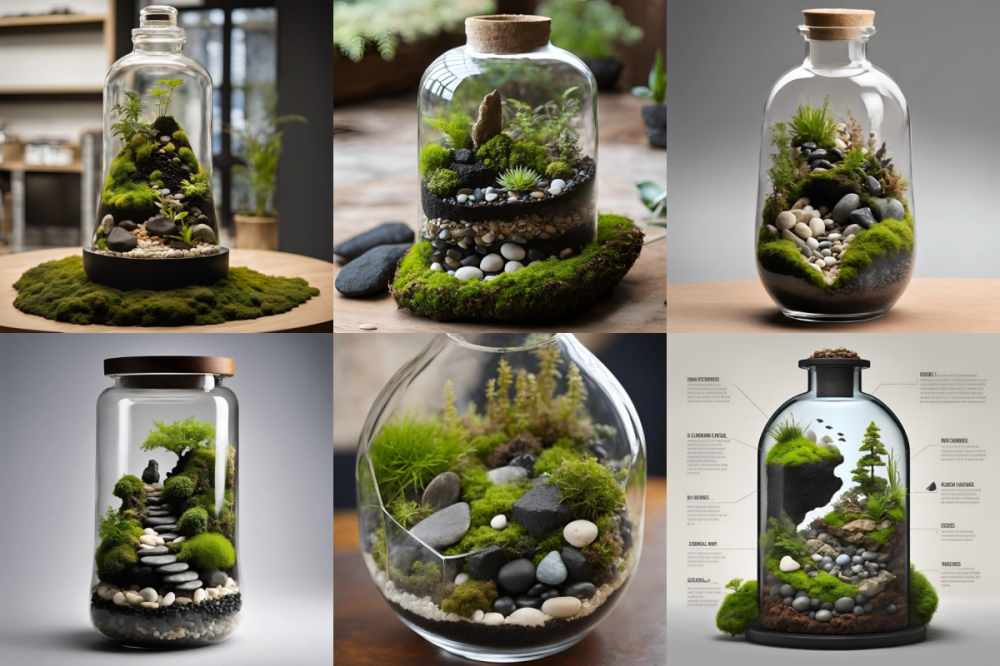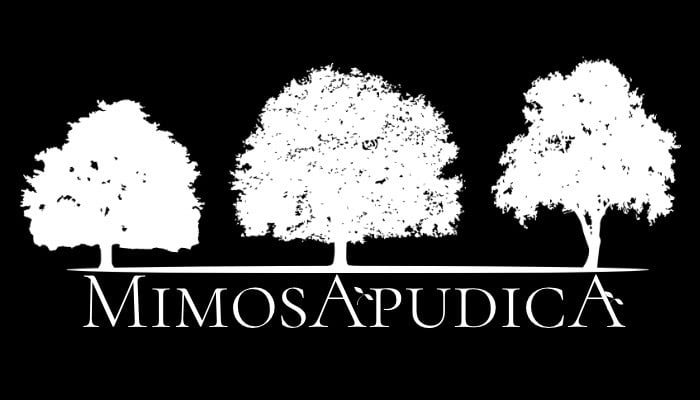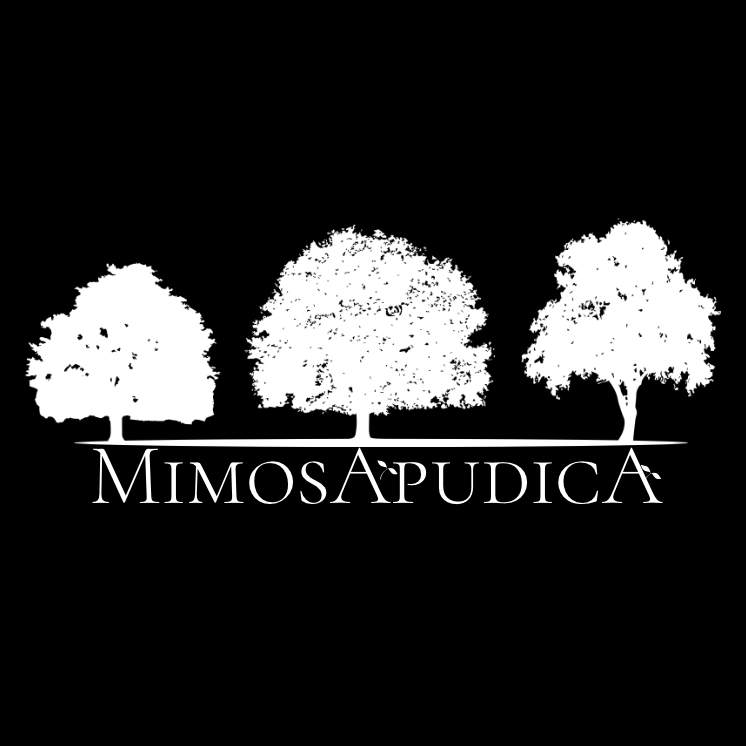
How to Deal with Mold in a Terrarium: Causes & Solutions for a Healthy Environment
Mold in a terrarium may seem concerning at first, but it is actually a natural part of the ecosystem’s development. It appears as a result of microbial activity breaking down organic materials and helping establish biological balance within the terrarium. Over time, as the ecosystem stabilizes, mold naturally disappears.
In this guide, we will discuss the reasons for mold growth in terrariums, how to manage it effectively, and tips for maintaining a healthy and sustainable environment.
What Causes Mold in a Terrarium?
Mold growth is often caused by the following factors:
• Excess humidity: Overwatering and poor drainage lead to increased moisture.
• Lack of ventilation: Limited airflow prevents excess moisture from escaping, creating a favorable environment for fungi.
• Accumulation of organic matter: A buildup of decaying leaves or roots without beneficial organisms like isopods and springtails to process them.
• Incomplete biological cycle: Mold may appear in newly set-up terrariums until microbial life stabilizes and balances out.
Is Mold Dangerous?
Not necessarily!
Mold in its early stages is actually a positive sign. It indicates that microorganisms are interacting with the environment, meaning the ecosystem is beginning to develop properly. In most cases, the mold will naturally disappear over time as the biological balance is established.
How to Prevent Excessive Mold in a Terrarium?
To minimize mold growth, follow these guidelines:
1. Ensure Proper Ventilation:
• Open the terrarium once or twice a week to allow fresh air circulation.
• If using a closed terrarium, open the lid temporarily when excessive condensation appears on the glass.
2. Maintain Balanced Watering:
• Use a spray bottle to mist lightly and avoid oversaturating the soil.
• Water only when the topsoil layer feels dry.
3. Use Proper Drainage Layers:
To ensure optimal drainage and reduce mold, arrange your layers as follows:
1. Large gravel – for drainage.
2. Smaller gravel – for better filtration.
3. Fine gravel – for additional separation.
4. Activated charcoal – to absorb odors and toxins.
5. Volcanic rock – to distribute moisture evenly.
6. Nutrient-rich soil – such as peat moss and cocopeat.
7. Moss layer – to retain moisture.
8. Fine beach sand – for an aesthetic top layer.
4. Introduce Beneficial Organisms:
• Adding isopods and springtails helps clean the environment and break down organic matter efficiently.
How to Treat Mold if It Appears?
If you notice mold:
• Gently remove affected areas without disturbing the rest of the ecosystem.
• Increase ventilation by opening the terrarium for longer periods.
• Reduce watering temporarily until mold disappears.
• Add a fresh layer of activated charcoal or adjust the drainage system if needed.
The Role of Proper Lighting in Mold Prevention
• Place the terrarium in an area with indirect natural light.
• Avoid direct sunlight, as it can increase humidity and cause overheating.
• If natural light is insufficient, use LED plant lights to maintain balance.
Key Takeaways for Managing Mold in a Terrarium
• Mold is not harmful at first and is part of the terrarium’s natural cycle.
• With proper ventilation, drainage, and balanced watering, mold can be fully controlled.
• Using the right soil layers and beneficial organisms helps create a sustainable ecosystem.
At Mimosa Pudica, we provide all essential terrarium supplies—from nutrient-rich soil and volcanic gravel to activated charcoal and beneficial organisms—to ensure a thriving, balanced environment.
Start today and build a long-lasting ecosystem!

